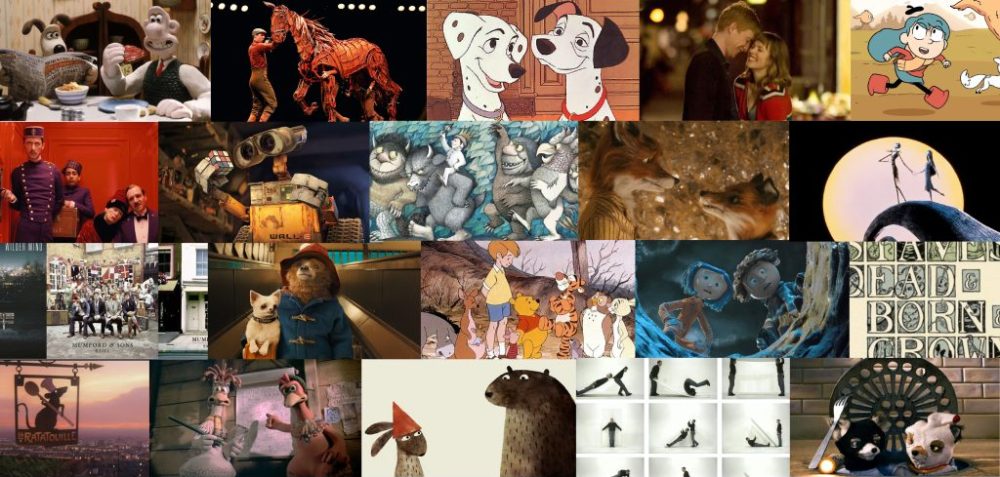


Everyone enjoyed the story I had written, and seemed interested in what had happened. People seemed to think my method of using photographs instead of drawings worked well, and felt that the emotions of the characters came through despite their simplicity, due to the use of different angles and close-ups.
There was also an agreement that a bit more detail would make it even more clear. If I were to do this again, I would draw the facial expressions of the characters onto the photographs in Photoshop. I would also go with my original intention to stick pictures of the setting onto the cardboard set.
Overall, I’m really pleased with the reaction I got from this, particularly the things people found funny. Some of that was from the story itself, but people also laughed about the techniques I’d used to make it, such as the poorly-cropped images of tea and cake pasted onto the photograph of the table (a cube made of card with stripy paper glued on). I don’t mind the scruffiness or haphazard elements of my work being laughed at, because it’s generally at least partially deliberate and shows the character of my style. Because f it wasn’t deliberate at first, it probably was by the end. I was only person in the group who didn’t draw their storyboard by hand, and even though this method came from a lack of confidence in my artistic skills, people seemed to really enjoy the creativity and uniqueness of it.
